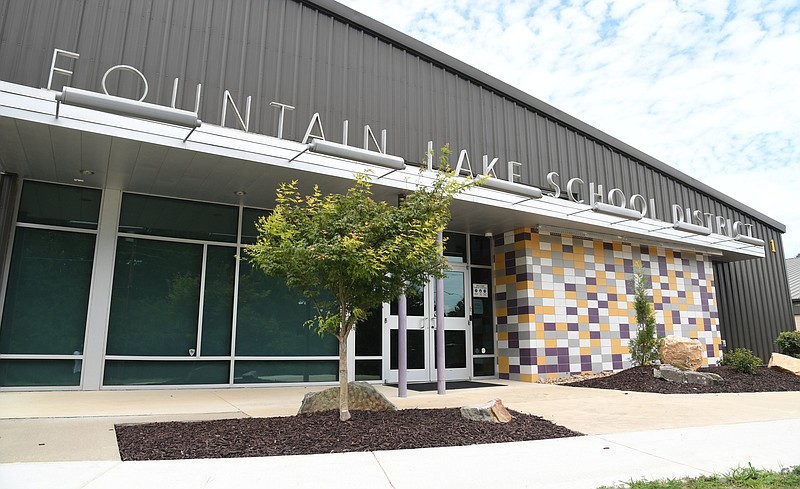FOUNTAIN LAKE — While state funding is being directed to school districts dealing with increased property insurance costs heading into the new school year, the districts are starting to see a glimpse of what that increase will look like.
Fountain Lake School District Superintendent Michael Murphy said during Thursday night’s monthly board meeting that the property insurance bill will rise from $64,990 last year to $163,900 this year — an increase of 152.19%.
“What these insurance providers are doing to our schools is outrageous,” Gov. Sarah Huckabee Sanders said Tuesday in a news release announcing that the state would help cover the rising costs. “They gave districts no reasonable justification for skyrocketing premium costs. It’s clear that they’re just trying to line their pockets on the backs of Arkansas children and taxpayers.” As districts across the state face rising premiums averaging nearly 130%, Sanders authorized the state to cover 30% of the increase with money from the restricted reserve account, pending legislative approval. The item is on the Arkansas Legislative Council’s meeting agenda for Tuesday morning.
In a letter dated July 11 to state Department of Finance and Administration Secretary Larry Walther, state Insurance Commissioner Alan McClain requested that $6,302,497.57 be transferred from the restricted reserve fund to partially offset the increased property insurance premiums for school districts in the insurance program managed by the Arkansas School Boards Association, of which 170 school districts participate. The ASBA will be holding its annual conference today and Tuesday at the Hot Springs Convention Center.
Murphy said he wanted to bring the matter to the board’s attention as the increase is significant and will affect schools across the state.
“The unfortunate thing with that is as we look at inflationary measures and we look at everything as far as costs and increases, it’s inherent that we also look at our staffing model as we go,” he said.
“Because that’s something that we can control, but it does not take very long to eat into the new values that we’re receiving in revenue. And you know what some of those numbers were that we were receiving [an] additional, roughly $1 million to offset, it can get eat up pretty quick if you’re not careful. So the work that we’re continuing to do to monitor our staffing model is extremely important and should be reflective of our enrollment trends as we continue to move forward.” Also at the meeting, the board discussed new draft schedules for each of its schools, which include a shorter school day.
Murphy said the board began making plans in the spring to shorten the day. Roughly a 10-minute difference in time, in the new school year, the day will begin at 8 a.m. and conclude at 3:10 p.m. The elementary school, he noted, usually dismisses earlier to allow the staggering of traffic patterns.
The district will also accept car riders beginning at 7:30 a.m., which will bump the bus schedules back, and have a controlled release of bus riders at 7:45 a.m.

